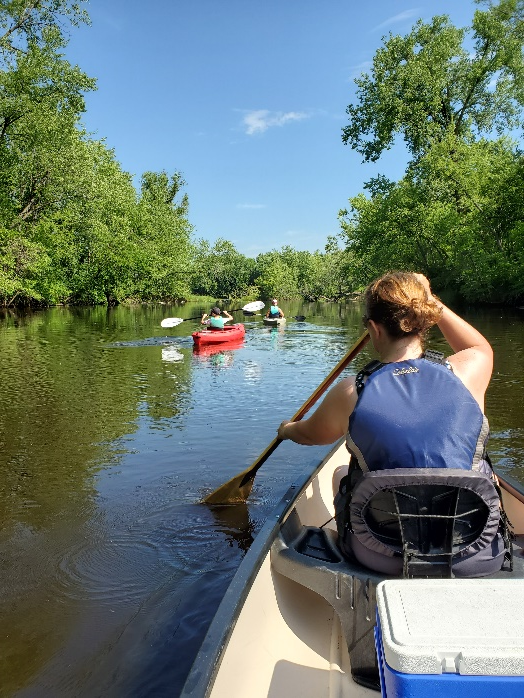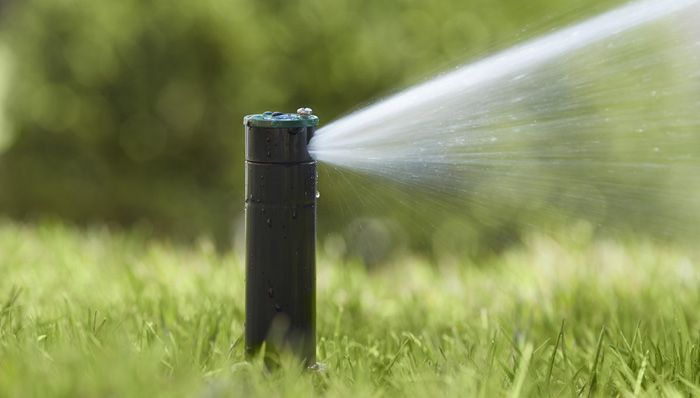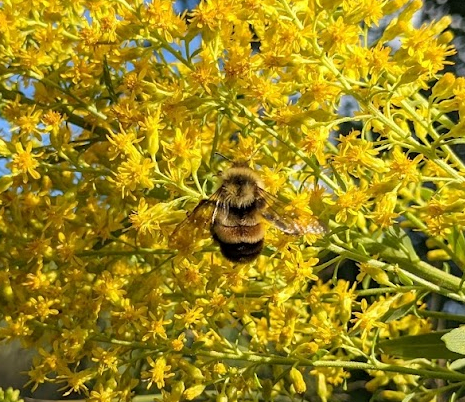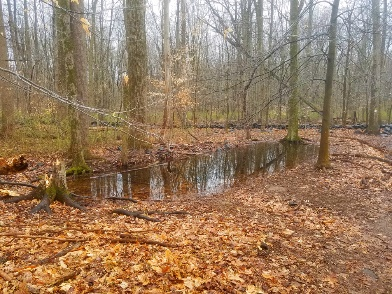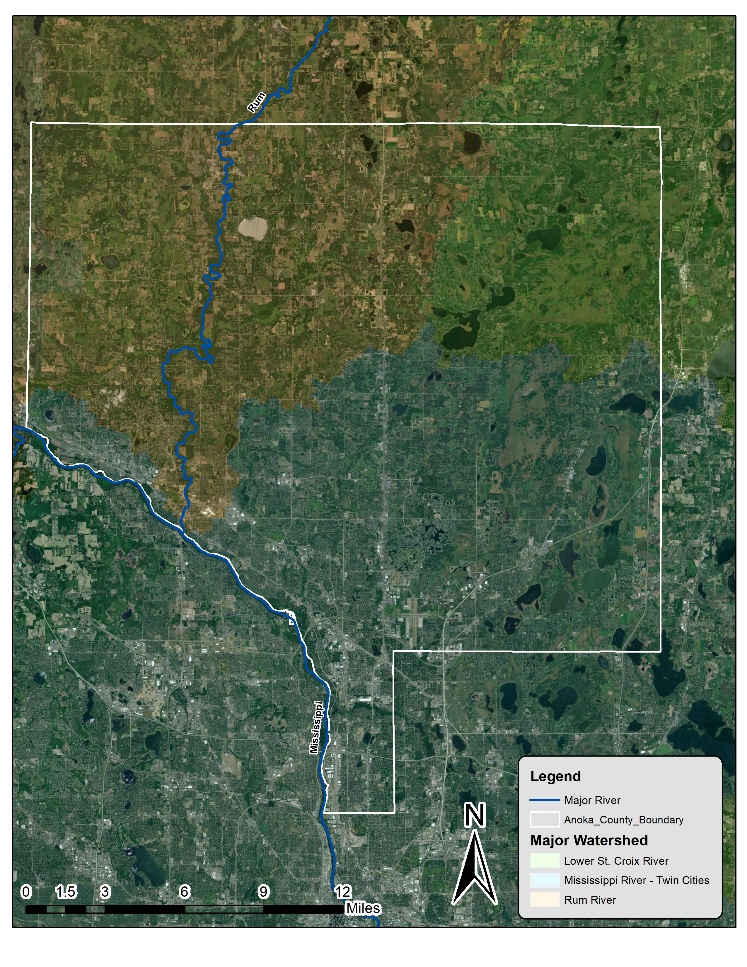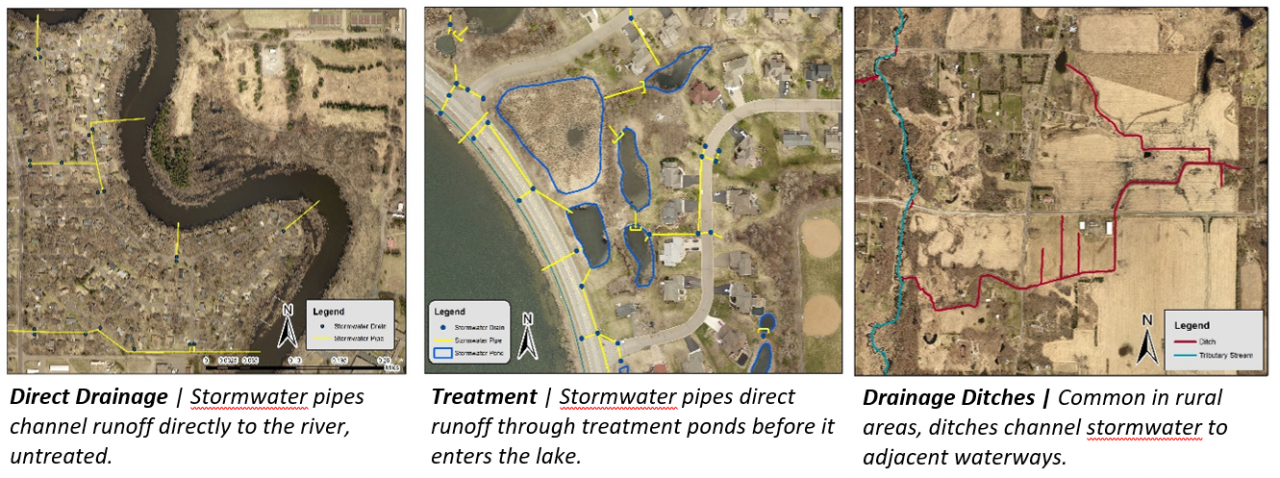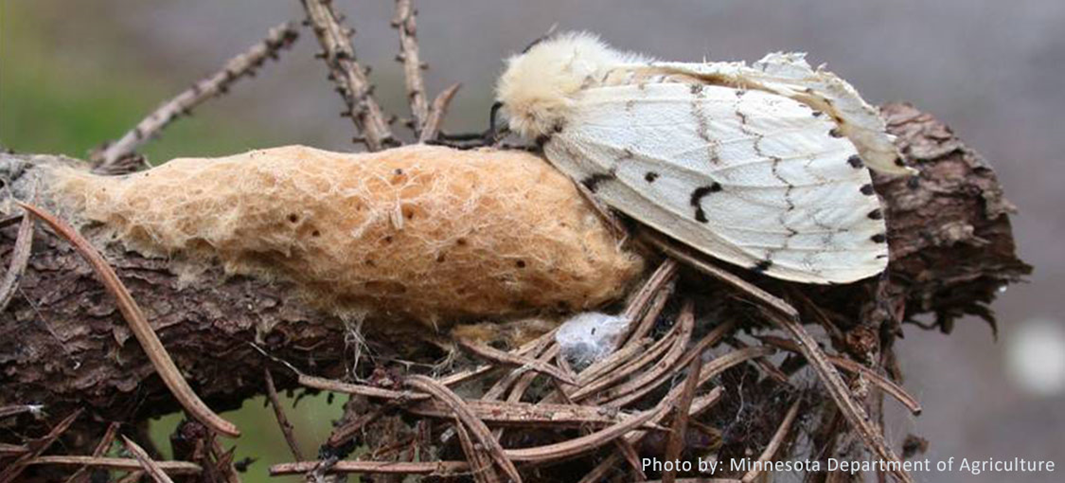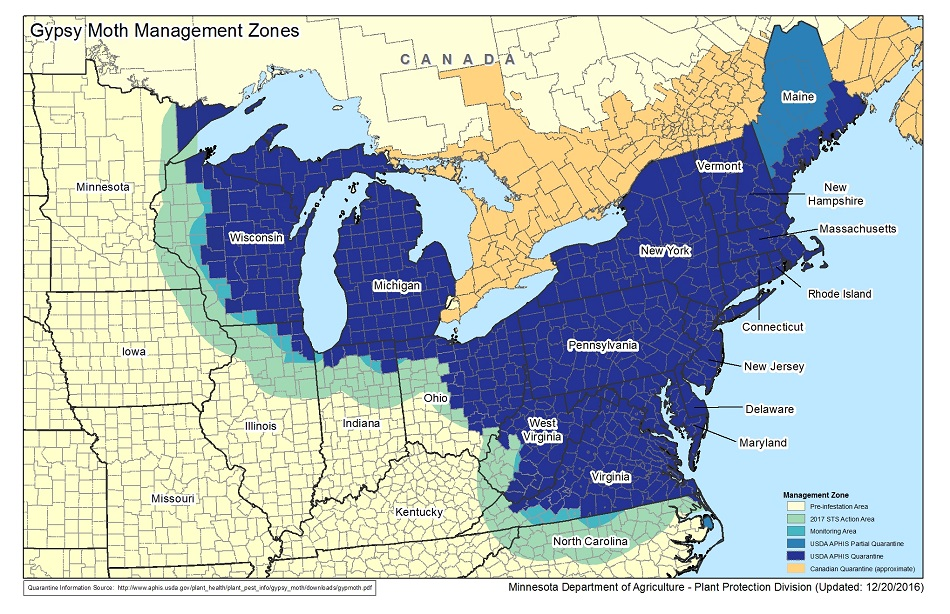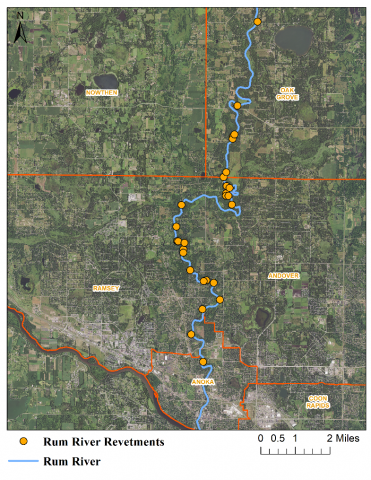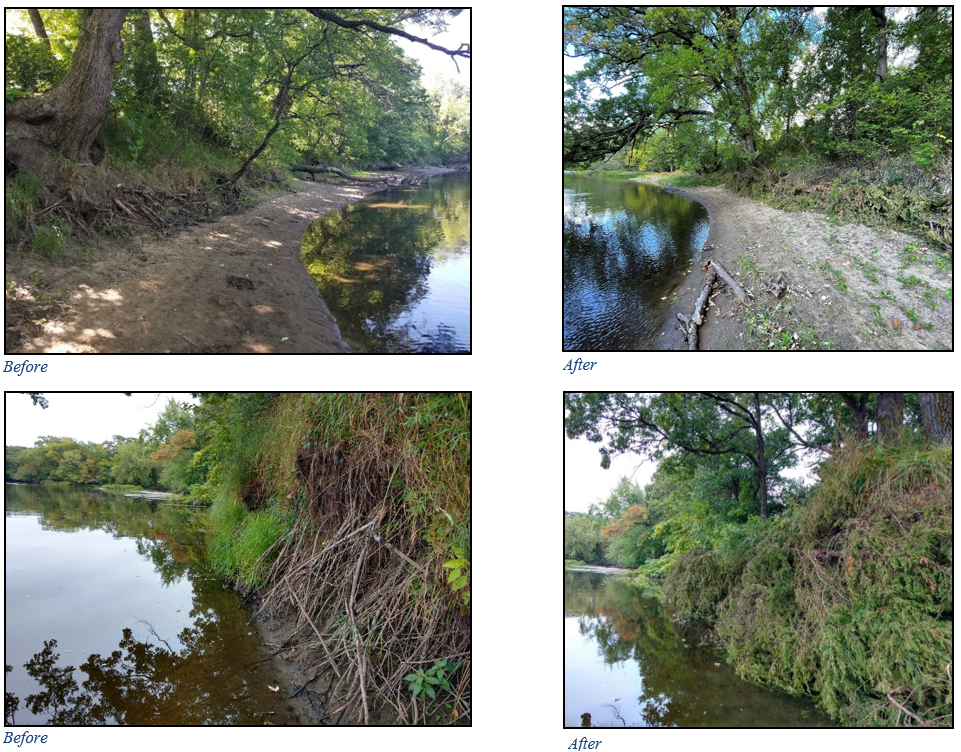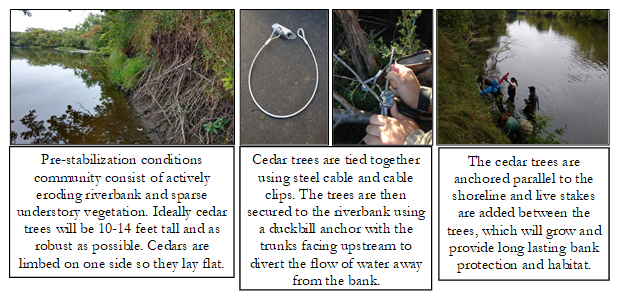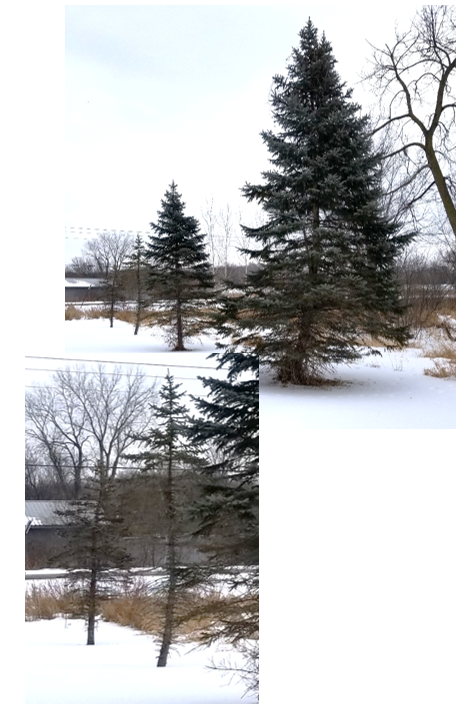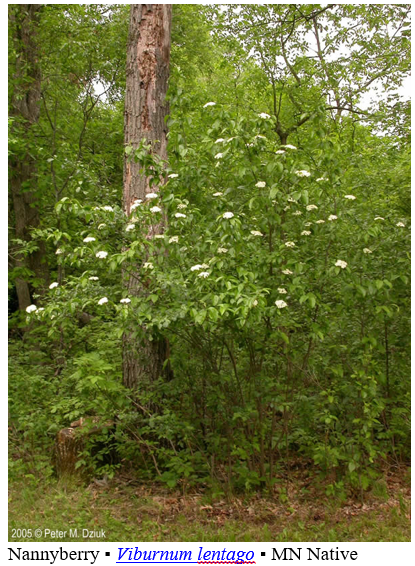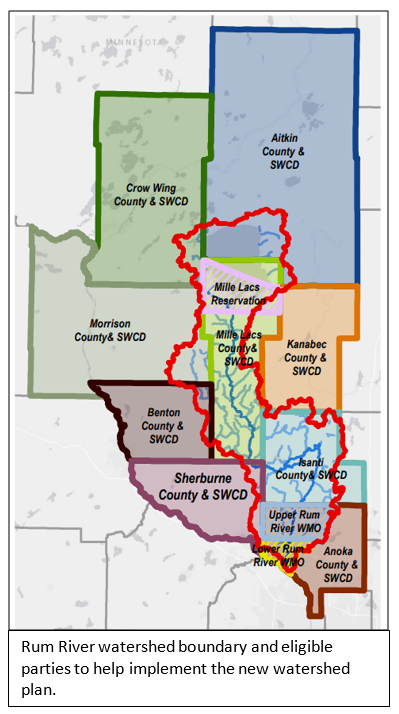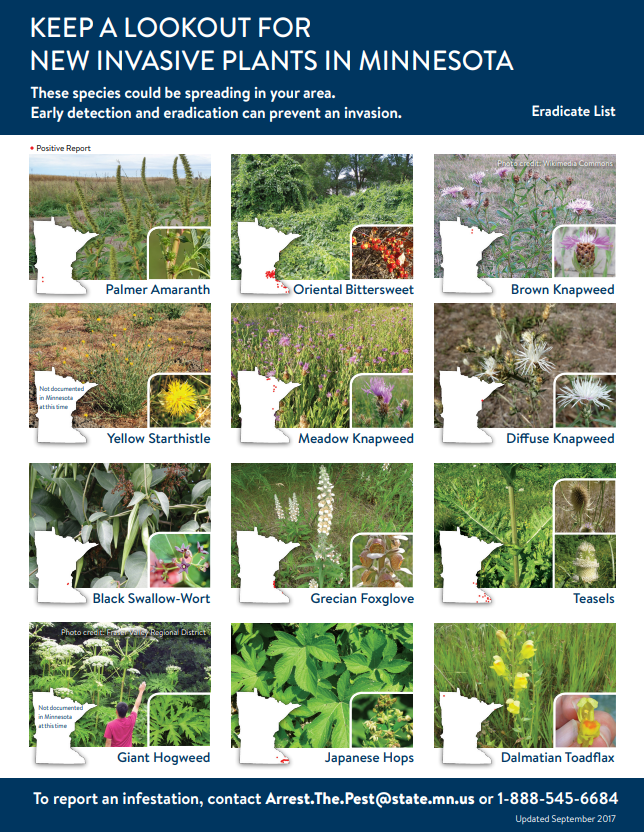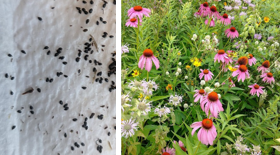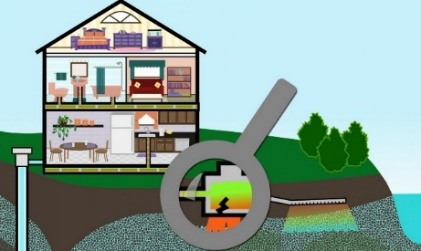Local entities with a role in managing the Rum River watershed in Anoka County recently decided on a new slate of grant-funded projects. The group was charged with allocating $371,157 in state Watershed Based Implementation Funding grants. The dollars can be used for water quality projects in approved local plans. From an initial menu of 19 projects the group selected five:
- $176,000 — Projects identified in subwatershed studies. This includes urban stormwater and agricultural practices that have been identified, ranked by cost effectiveness, and which drain to one of these priority waterbodies: Rum River, Mississippi River, or Ford Brook.
- $30,000 — Trott Brook riparian corridor restoration study. This stream is impaired for low oxygen and poor aquatic life. The study is aimed at finding out why, and what might be done to address it. Trott Brook is primarily in the City of Ramsey.
- $65,000 — Septic system fix ups for low income homeowners. This will supplement an existing $25-40K per year that the state provides to the Anoka Conservation District. Demand exceeds funding. Properties near priority waterbodies are the focus.
- $65,175 — Critical shoreland area planting. Plantings will improve habitat, prevent erosion, and filter runoff near waterbodies.
- $35,000 — Wetland restorations.
The group selected the Anoka Conservation District to manage the projects. Required 10% grant matching dollars will come from landowners where projects are completed, and the Upper and Lower Rum River Watershed Management Organizations. Work will begin in late 2022.
The group that worked collaboratively to select these projects included the Upper and Lower Rum River Watershed Management Organizations, Anoka Conservation District, Anoka County, and a city representative from Andover.

